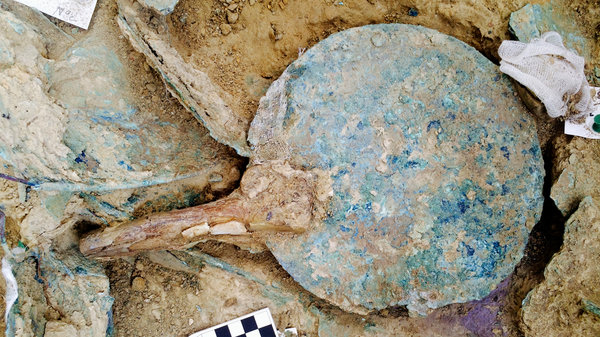
The New York Times
For a team of archaeologists from the University of Cincinnati, frustration was beginning to set in. Working in what seemed like an unpromising excavation site near the infamous Palace of Nestor in the Greek countryside, they had hoped their labor would yield some results. However, after days of digging in the clay…nothing.
Unexpectedly, after digging a further three feet, they noticed a flash of green bronze beneath the soft clay. Could this be the big break they had been hoping for?
A Team Losing Hope
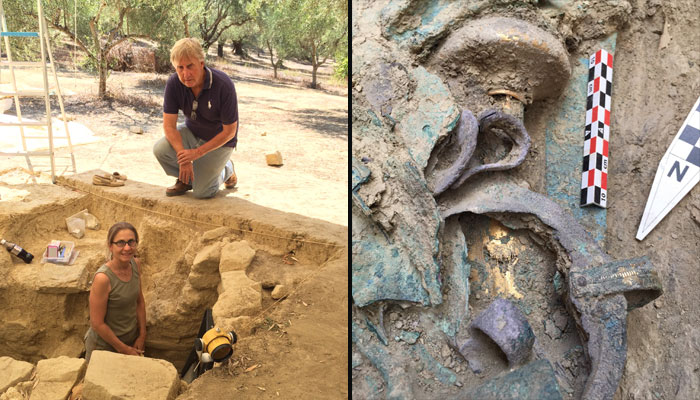
The Getty
The archaeological team was compromised of over 30 members from the Ohio-based university. The team included both Alison Fields and Flint Dibble, along with married couple Sharon Stocker and Jack Davis. For Stocker, the Greek hillside was a place she had been exploring for over 25 years. Unfortunately, that summer in 2015 was proving to be very difficult.
Off-Limits to Digs

YouTube
The site that had been selected was near the Palace of Nestor, an important location during the Mycenaean period, that was described in Homer’s Odyssey as Nestor’s Kingdom of “sandy Pylos.” Stocker and her team had hoped the location would yield some great artifacts, but due to a national lawyer strike and government interference, most of the area had been restricted.
Choosing A Different Location

Greece Is
With their original site unavailable, the team chose a different area near an olive grove. After clearing it of debris, they discovered three stones that could possibly lead to some neat finds. However, they weren’t sure if they were actually ancient or more recent.
The Bronze Discovery

Smithsonian Magazine
After digging for several days, both Dibble and Fields were at their wit’s end. Could their efforts all be in vain? However, they continued to persevere. It was then they discovered a bronze object buried in the clay. At the time, they didn’t realize how significant their find actually was.
Six Months of Discovery
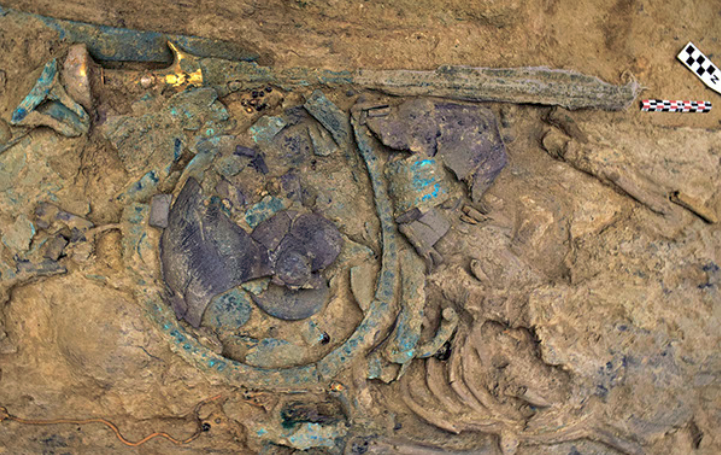
Eagles and Dragons Publishing
After the bronze discovery, the team launched a full-fledged excavation of the area. Over the course of six months, they discovered armor, gold and silver goblets, containers, stone beads, and even gold rings. As more artifacts were uncovered, the team even found a complete skeleton. Who knew all of this was just waiting to be found for over 3,500 years?
Overwhelmed Yet Overjoyed
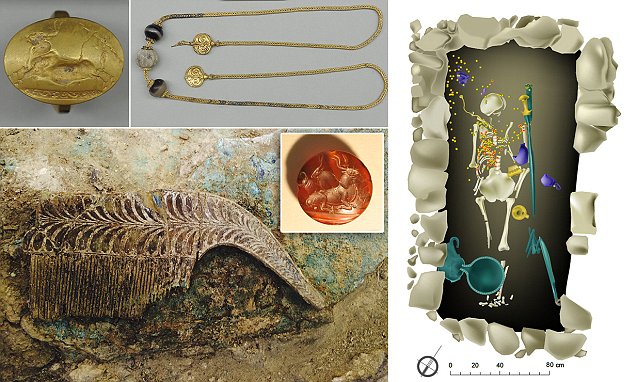
Realms of Gold
As the team worked tirelessly, it seemed they had stumbled across one of the most significant archaeological finds in Greece in over 50 years. They were able to determine it was a burial site, and it had so many different artifacts the archaeologists were completely overwhelmed. At the same time, they were so happy the government had forced them to rethink their digging location.
Toiling Day and Night
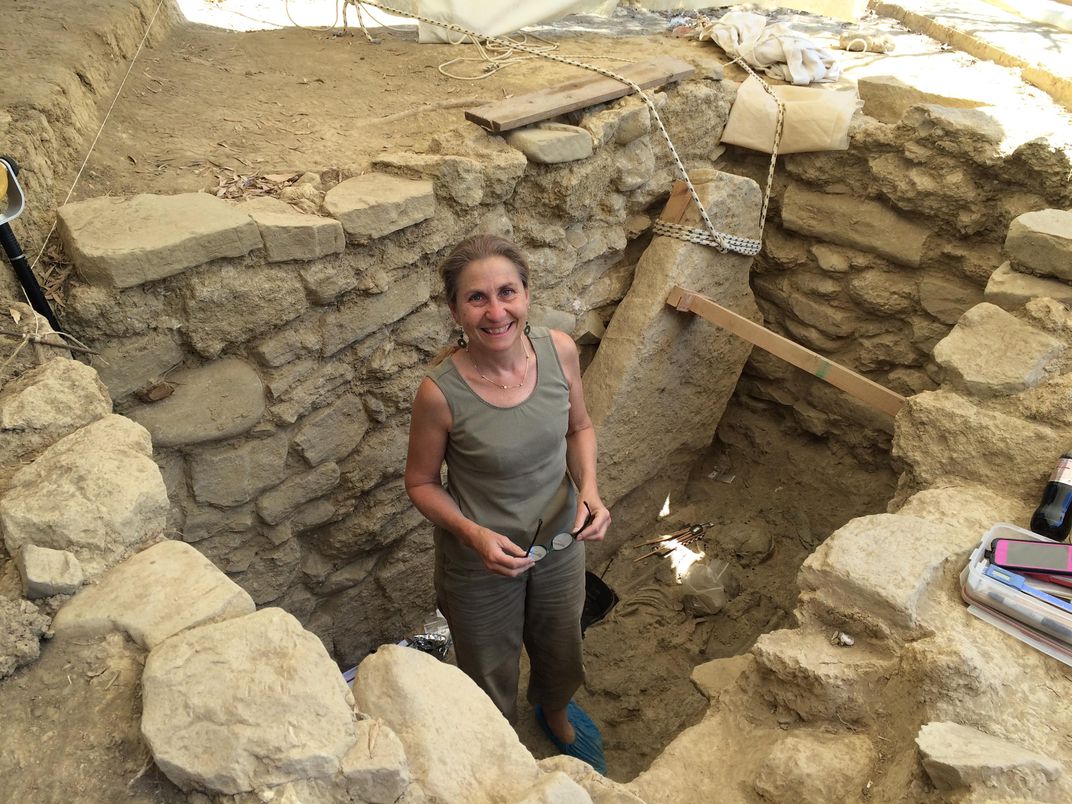
Smithsonian Magazine
According to Stocker, the team was working for more than 15 hours per day. Soon, they realized they just couldn’t keep going at that pace. “We never imagined that we might find anything more than a few potshards that could be put together with glue. Suddenly, we were faced with this huge mess. It became clear that we couldn’t continue at that pace, and we weren’t going to finish. There was too much stuff.”
Extending the Season
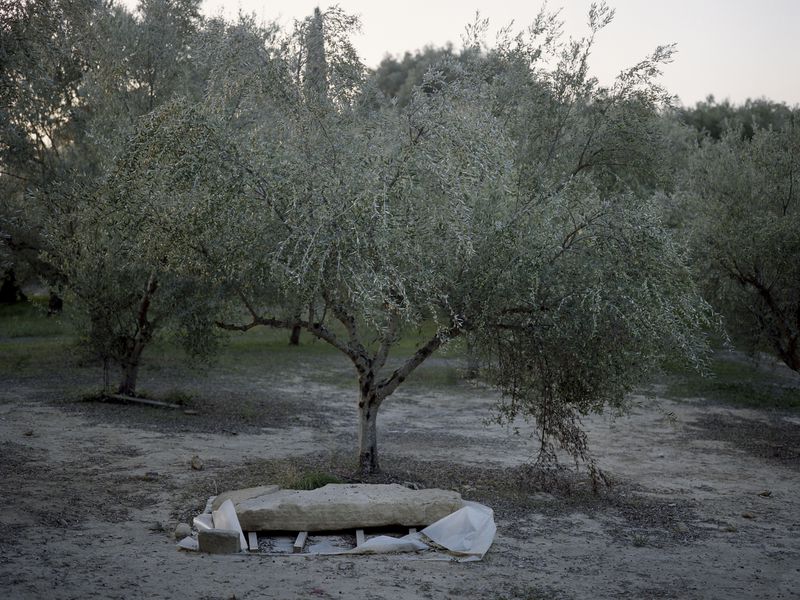
Smithsonian Magazine
With so much still left to uncover and the excavation season coming to a close that summer, Stocker chose to extend the digging season into November so they could keep working. During this time, they uncovered a beautiful ivory plaque inscribed with a Griffin next to the complete skeleton. This led the team to nickname him “the Griffin Warrior.”
Older than the Palace
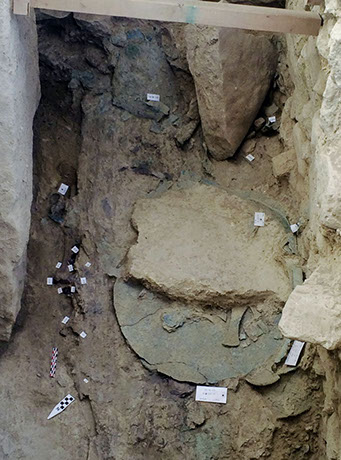
Griffin Warrior
As the team continued to examine the artifacts, they were able to date them to around 1500 and 1450 BC. This meant that the Griffin Warrior’s tomb had been dug long before the Palace of Nestor had been built. In total, the tomb had over 1500 artifacts contained in it and posed questions on when the earliest Greek civilization actually emerged.
The Foundations of Western European Culture
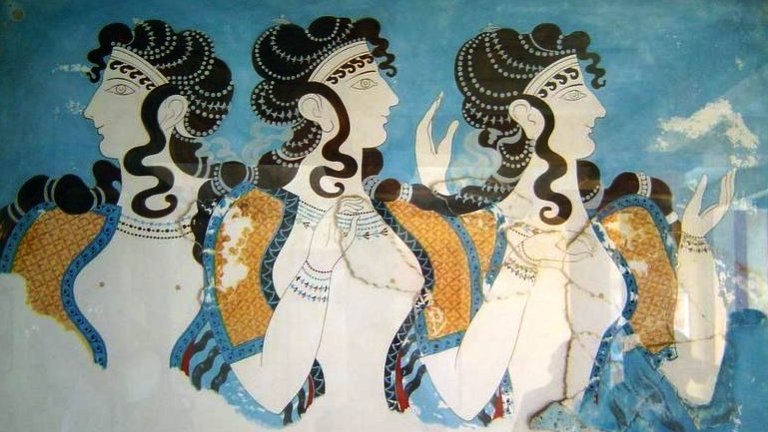
Click Itte
Questioning the emergence of Greek civilization and challenging the currently accepted timetable had a domino effect because it then posed more questions when it came to the development of modern Western European culture, which is believed to have been spawned from ancient Greece. According to the team, these new finds could prove the emergence of democracies from before the Bronze Age.
Scholarly Beliefs

Wikipedia
Current scholars of ancient history believe that the Classical Greek civilization was founded by the Mycenaeans, the people who built the Palace of Nestor and seemed to appear out of nowhere in 1600 BC. Stocker revealed in an interview that it is widely believed this was a pivotal time for what would become Western civilization.
Changing Perceptions

Annoyz View
Not much is known about the Mycenaean civilization and their emergence in Greece, but the contents of the Griffin Warrior’s grave could provide more knowledge into that time period. It’s interesting to see how new finds can change the perception of how and where Greek civilization began.
The Documents of Homer

Greek Boston
It is believed that Homer was the first scholar to record tales of the Mycenae and their ongoing fights with the Trojans. He incorporated these tales into his works The Iliad and The Odyssey in the 8thcentury. Scholars believed that his epics were simply myths and that Greek civilizations didn’t exist as far back as then. However, the Griffin Warrior site actually dates back over 700 years earlier than Homer’s writings.
More than a Myth
Wikipedia
During the late 19thcentury, a man named Heinrich Schliemann set out to prove that Homer’s writings were indeed real. He found the sites of Troy and the Mycenaean Palace of Agamemnon, confirming that Homer was actually detailing Greek history. They weren’t just myths after all.
Another Discovery
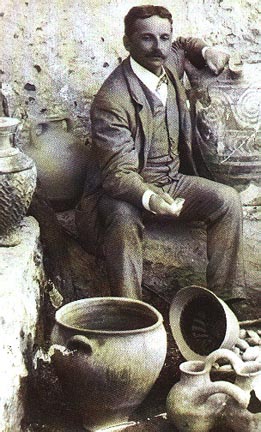
Christopher LCE
Unfortunately for Schliemann, a British archaeologist named Arthur Evans discovered the ancient Minoan civilization on the island of Crete (now a part of modern Greece). Since this discovery, it has been accepted by historians that the Minoans were the ones who established the Classical Greece civilization.
However, another discovery changed perception yet again.
A New Discovery

Ancient History
In 1950, the Linear B, an ancient Greek script was translated and revealed that the Mycenaeans were the ones who emerged in ancient Greece all along. Thanks to the deciphering of this stone tablet, Schliemann had actually been correct and not Arthur Evans.
To This Day
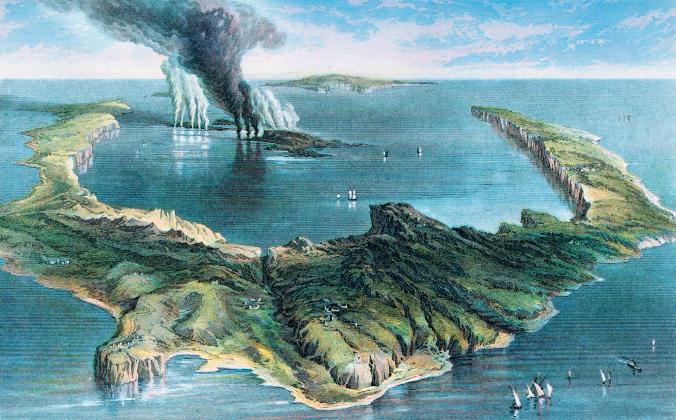
National Geographic
Prior to the Griffin Warrior discovery, archaeologists and historians had accepted that the Mycenaeans had overtaken the Minoan civilization on Crete, destroying their palaces and monuments. There was very little doubt that the Mycenaeans founded the Greek civilization, which should shape the Western world.
A Mix of Cultures
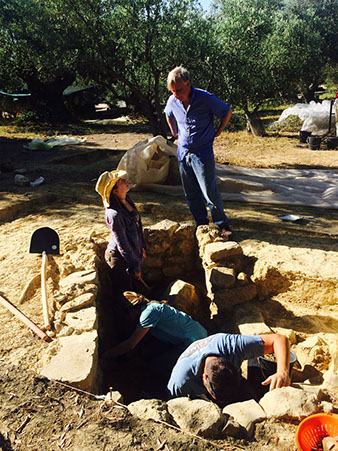
Griffin Warrior
However, the discovery of the Griffin Warrior’s burial site has once again upended what historians thought to be true and how the relationship between the Minoans and Mycenaeans should be interpreted. Why? Well, the artifacts discovered were from BOTH cultures.
Growing Together
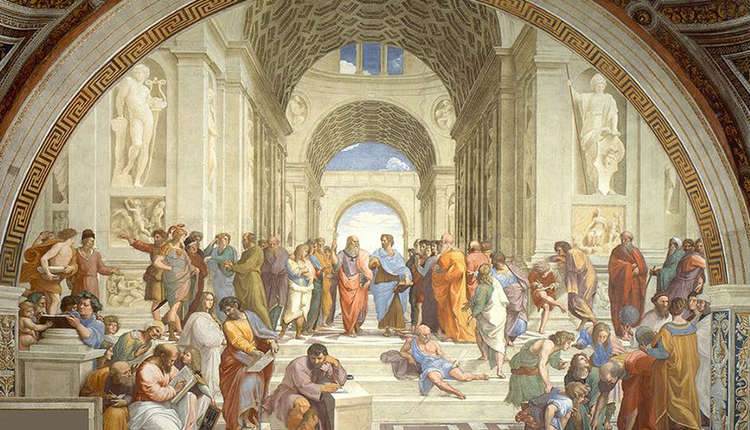
Ancient Ways
Stocker and her comrade Davis believe that the Cretans and mainland Greeks were actually NOT opposing forces but worked closely with one another to advance their culture. Therefore, this burial site’s discovery now must force historians to reexamine what they thought to be true about Classical Greece and the foundations of Western Civilization. The team hopes that further excavations will provide more clues into the relationship between the Minoans and Mycenaeans.
Isn’t it amazing how one discovery can challenge all that we thought to be true about history?

